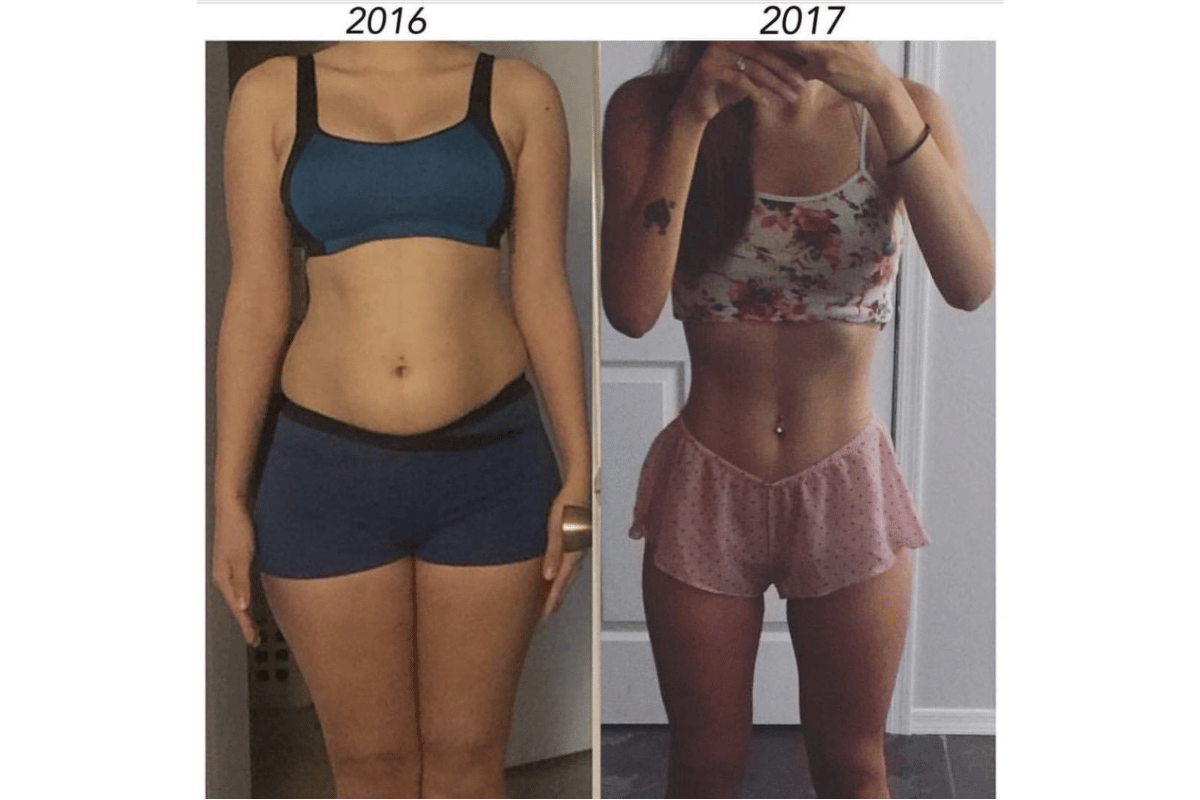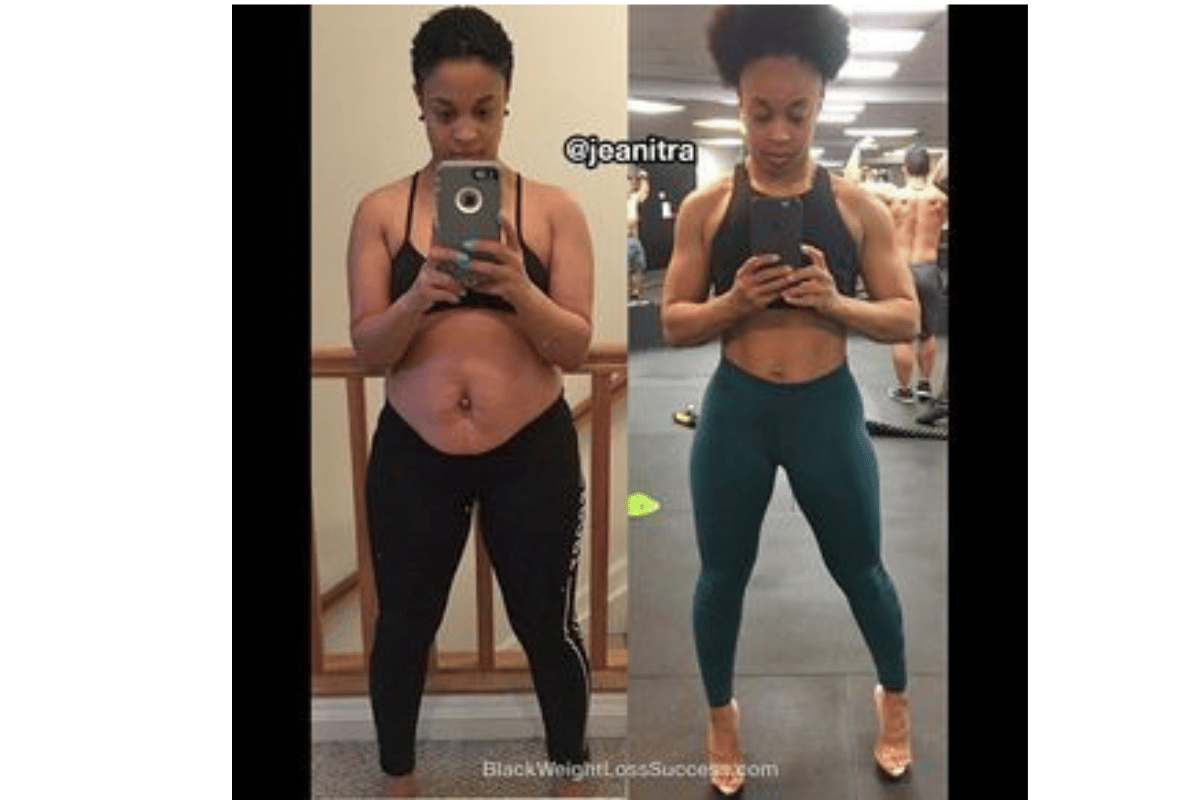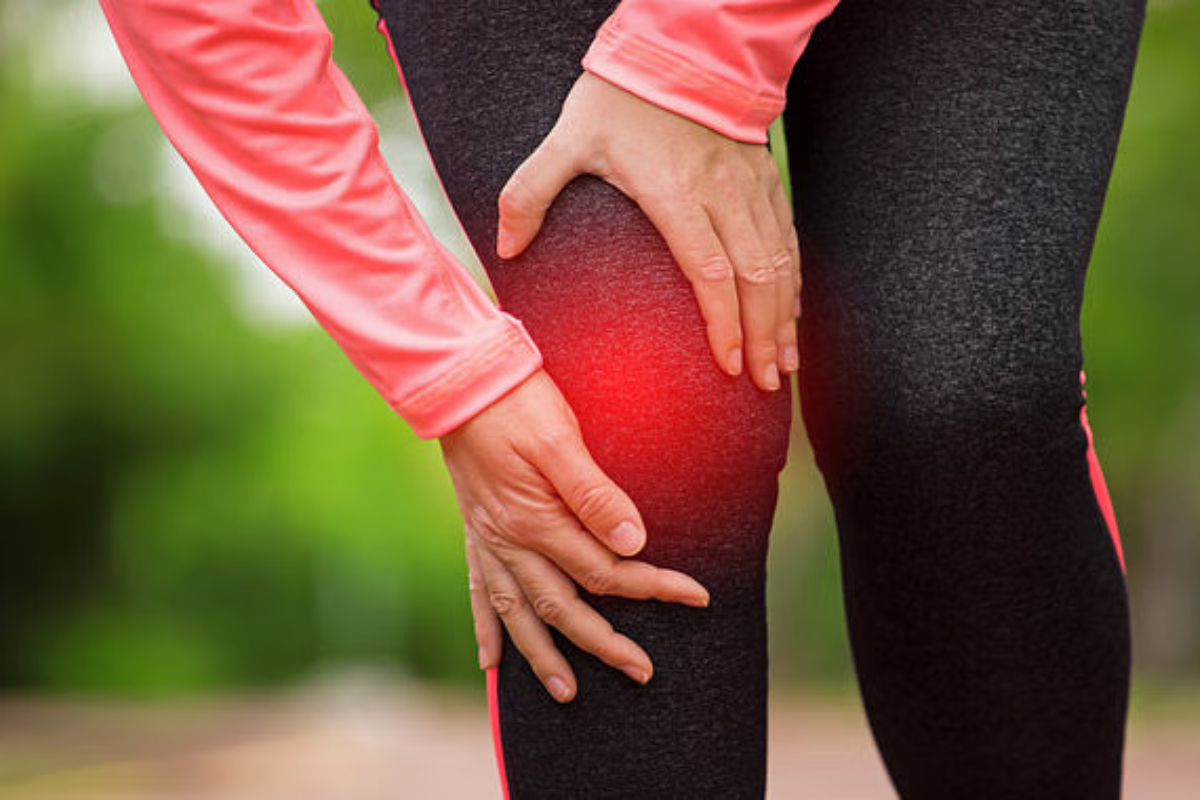As we get older, it’s hard to keep up the pace when it comes to dieting. It can seem like you hit a wall of exhaustion and it’s starting to feel impossible. You often don’t have the time or energy to go on various diets and workout routines. Fortunately there are many diet plans that can help you lose weight fast!
Are you looking for a diet plan to help you lose weight quickly and efficiently? If so, look no further than the best diet plan to lose weight fast. This specialized plan has been designed to help you reach your desired weight loss goals without sacrificing your overall health or lifestyle. Not only will this diet plan provide you with delicious and nutritious meal options, but also tips and resources to make sure your effort is not wasted. With this simple and effective plan, you can be sure that your weight loss journey is fast-tracked! Start implementing the best diet plan to lose weight fast today and get ready to see results!
Choose a weight loss plan that suits your lifestyle and schedule.
The first step to losing weight fast is choosing a weight loss plan that suits your lifestyle and schedule.
If you have a full-time job, you may need to consider the idea of changing your diet to fit in with your schedule. If you are a busy mom or dad, it can be difficult to find time to cook healthy meals and exercise every day. So how do you lose weight fast when you’re busy?
You can try eating out less often or buying prepared foods from the grocery store instead of cooking at home. This will help you avoid eating too much unhealthy food or having nothing but junk food in front of you all day long! It is also important not to skip meals because this can lead to feeling hungry which leads to overeating later on.
It’s important to remember that exercise is just as important as dieting if you want results quickly. The best way to lose weight fast is by exercising regularly throughout the week and making sure you get an adequate amount of sleep at night so that your body has enough energy for both bodybuilding and fat burning during the day.

diet plan to lose weight fast
The diet must work for you, not against you.
If you’re losing weight, your body is going to want to store more calories as fat than it’s burning. If it has to burn a lot more food than it’s getting, it will stop eating until it gets what it needs.
This means that if your diet doesn’t supply enough calories, either because of the amount of food or the amount of exercise, your body will stop eating until it gets what it needs. This could take a week or two weeks. You may lose weight in the beginning, but then stall out and lose nothing for several days.
You need to be flexible and able to learn new ways of eating. This is probably the most important part of losing weight fast. If you are going to try a diet plan, make sure it’s something that can fit into your life and won’t require too much effort.
The key is not to overdo it on the diet plan or starve yourself, which can lead to rebound weight gain. If you’re not used to cutting down on calories, it might be hard to stick with a strict diet plan while also pursuing other activities like exercise or socializing with friends and family members who aren’t on the same program as you are.
Avoid fad diets as they are unrealistic, expensive and don’t work long term.
Fad diets are not the best way to lose weight. A fad diet is a method of losing weight by eliminating a certain food or food group from the diet. Fad diets can be expensive and unrealistic, as they do not work in the long term.
Fad diets often have a negative effect on your mental health, causing you to eat more unhealthy foods than you would normally. They can also make you feel worse about yourself and your body, which makes it harder to stick with the diet in the long run. Fads like Atkins and South Beach are notorious for causing major withdrawal symptoms when people stop following them, such as headaches, irritability and cravings for junk food.
Fad diets are not sustainable because they don’t provide guidance on how much food you should be eating or how many calories you should be consuming each day. This lack of information makes it difficult for people to figure out what’s going on with their bodies and what works best for them personally.
Healthy eating is the key to good health.
Eating a diet rich in fruits, vegetables and whole grains can help prevent heart disease, cancer, osteoporosis and other chronic diseases.
The U.S. government recommends that adults get about 5 to 9 servings of fruits and vegetables daily, which provides about 50 to 75 percent of the recommended daily intake. The American Heart Association recommends eating 6-11 servings daily from all the food groups (fruits, vegetables, grain products, dairy products and protein foods).
A balanced diet includes lean meats such as chicken or fish; lean meat substitutes such as tofu or beans; low-fat dairy products; nuts; whole grains such as whole wheat bread; and starchy vegetables like potatoes. Healthy fats include olive oil, canola oil and nuts or seeds.
If you’re overweight or obese, losing weight may be harder than losing weight if you have high cholesterol or are at risk for diabetes because these conditions make it harder for your body to burn calories efficiently.
Shorter eating times can be more efficient in terms of calories burned.
For example, if you eat at work, you can often eat breakfast and lunch separately. By eating smaller meals throughout the day, you’ll be able to spend less time eating and more time doing other activities.
If you’re trying to lose weight, it’s a good idea to make sure that your meal plan is balanced. For example, try to include at least one serving of protein in every meal and snack. This will help you feel fuller longer and control your appetite better.
Eating smaller portions of food will also help you avoid overeating in general. If you’re feeling hungry, try having just a few bites of something instead of eating an entire meal or snack pack for yourself. You’ll still get all the nutrients your body needs from this smaller amount of food, but it won’t make you feel as hungry as large portions do when eaten at once.
Make it easy to stick to your diet plan by avoiding fast food and processed foods.
The best thing you can do to lose weight fast is to make it as hard as possible for your body to store fat. That’s because the easiest way for your body to store fat is to let it accumulate in the form of adipose (fat) tissue, which is where you’ll have to fight it the hardest.
To make it harder for your body, eat less and move more. The less food you eat, the more of a challenge it becomes for your body to store fat. Eat fewer calories than you burn, and your body will only be able to store a small amount of fat. Move more than you usually do; this will also increase the amount of calories burned and therefore reduce how much fat your body can accumulate.
Of course, if you’re not careful, these steps could lead to overeating later on in life and undo any progress that was made early on. To avoid this happening, try eating smaller portions throughout the day or tracking what you eat using an app such as MyFitnessPal that helps you keep tabs on how many calories are in different foods (and shows how many calories are left at the end of each meal).
Set goals for yourself and do regular weigh-ins.
The fastest way to lose weight is to simply eat less. That’s the easiest approach, but it doesn’t always work.
If you’re trying to lose weight by eating less, you have to be sure that you’re getting enough nutrition. You also need to avoid eating too many calories. If you don’t do either one of these things, you’ll end up gaining weight instead of losing it.
But sometimes even when a dieter sticks with the plan and does everything right, they still don’t lose any weight. That’s because there are other factors involved in determining how much weight someone will lose on a diet plan — including genetics, metabolism and body composition.
It’s important to know the amount of calories you’re consuming on a day-to-day basis.
You should aim to consume around 2,000 calories per day. Because you’ll be trying to lose weight, it’s best to keep this number below 2,500 calories.
If you want to lose weight quickly, we recommend that you eat every three hours instead of every four hours. This will ensure that your stomach isn’t empty and that you don’t experience hunger cravings between meals.
You should feel full when you eat, not uncomfortably stuffed or light headed from overeating.
If you’re looking to lose weight and keep it off, you probably want to avoid feeling hungry, and a diet plan that allows you to eat what you want but reduce the amount of calories consumed is a great way to do this.
The best diet plans for weight loss are ones that allow you to eat what you want, as long as it fits within the calorie limits of your chosen plan. You should feel full when you eat, not uncomfortably stuffed or light headed from overeating.
The key is choosing a diet plan that has a healthy balance of macronutrients (protein, carbs and fat). This will help ensure that your body gets all the nutrients it needs while also helping you lose weight.
There are many ways to lose weight, some healthy and others unhealthy.
There are also many diets, but most of them are not healthy or effective. It is important to know that losing weight is not a simple matter and it needs time and effort.
The best way to lose weight fast is by following a diet plan that provides all the necessary information about food, exercise and other nutrition tips. You should be able to have a balanced diet and make sure that you do not consume too much sugar or salt.
You should also try to drink plenty of water so that your body can stay hydrated. Drink at least two liters of water each day.
Conclusion
For some, it can be frustrating trying to work out a diet plan that they can stick to while still eating foods they love. This is why we decided to compile the best diet plan and tips in one easy to read article, which you can use to help you lose weight.


84db41.png)





051128.png)





74aef3.png)